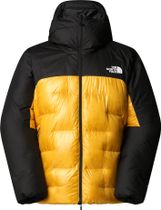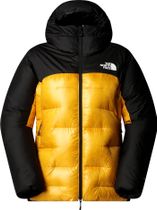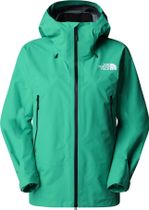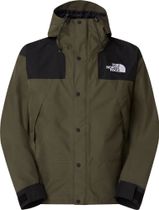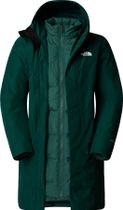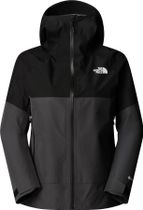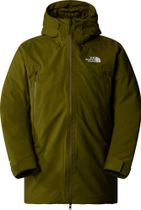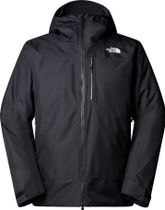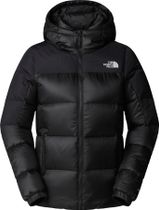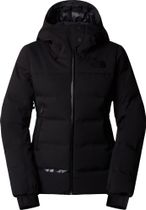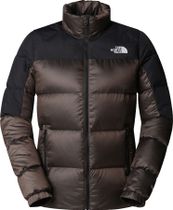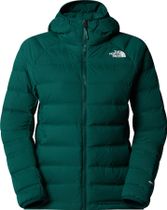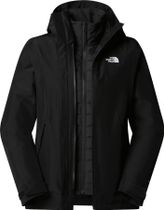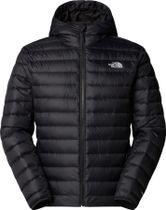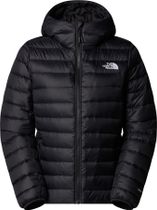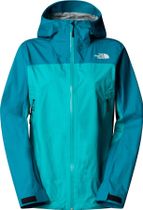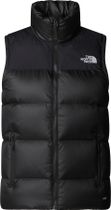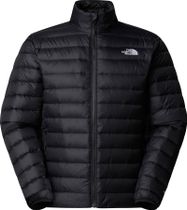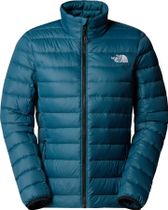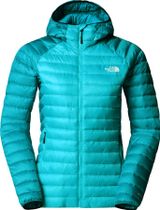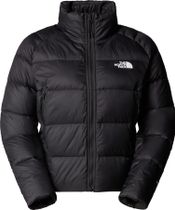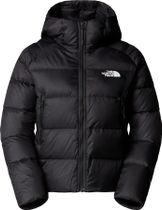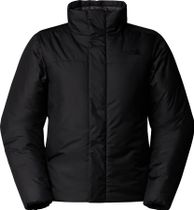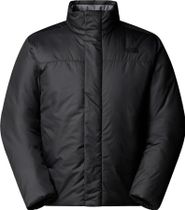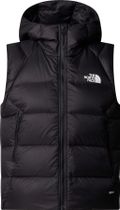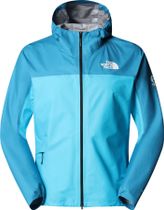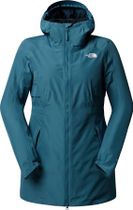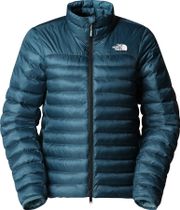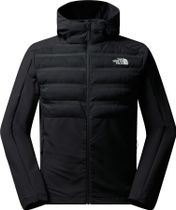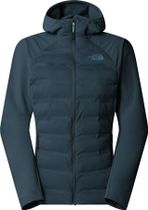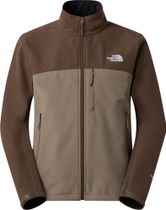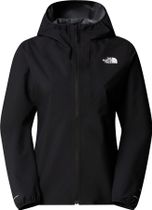The North Face
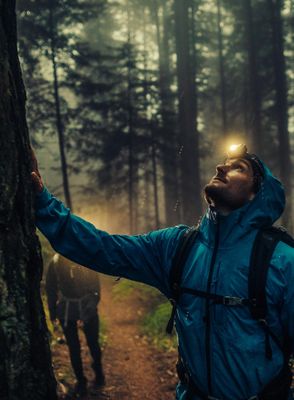
From the beach to the mountains
The outdoor brand is named after the coldest, most unforgiving side of the mountain, the North Face. Ironically, the company was founded on the beach in San Francisco in 1966. Even then, however, the small shop sold mountaineering articles and backpacking equipment. Just two years later, the company began manufacturing its own mountaineering clothing and equipment.
Early on, The North Face equipped enthusiastic outdoor athletes and supported expeditions to the remotest corners of the world. A tradition that continues to this day. Since the 80s, extreme ski clothing has also been part of the outfitter's product repertoire. The collections now included high-performance, leisure and ski clothing as well as sleeping bags, backpacks and tents.
In the 1990s, the brand expanded its range to include sportswear for backpackers, hikers and trail runners. The focus here was on fit and functionality. Finally, the brand also added its own trekking and trail running shoes. Today, The North Face is one of the top outdoor brands in the world with its comprehensive range of high-performance clothing, equipment and footwear.
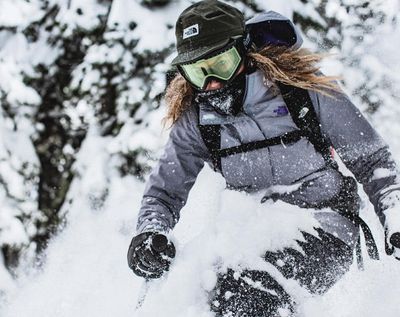
High performance outdoor clothing
In order to produce innovative and high-performance outdoor clothing, The North Face is constantly working on new technologies. Besides insulation with Primaloft, the manufacturer has developed a new synthetic alternative to down. The ThermoBall technology is as light and warm as down, but still keeps you warm when wet. In addition, ThermoBall jackets can be packed up extremely small and stored in your own pocket.
For endurance sports that make you sweat, the FlashDry technology ensures cool and dry wearing comfort. The fabric fits the body like a second skin and transports moisture to the outer material. In addition to the shorter drying time and improved moisture management, Flash Dry XD also offers enormous durability.
The Gore-Tex membrane offers protection from rain and snow. The durably waterproof and breathable fabric can be found in jackets, shoes and gloves from The North Face.
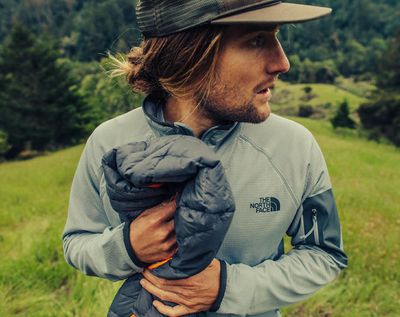
Protecting the environment and resources
Like many other outdoor brands, The North Face places great emphasis on sustainability in the manufacture of its products. From the 100% renewable electricity used at the European headquarters in Switzerland to recycling programs for worn clothing.
To avoid harmful chemicals such as PFC in the textiles, The North Face is working to replace them with environmentally friendly alternatives. The manufacturer also takes care to ensure that its suppliers reduce the use of chemicals, energy and water, and waste. To achieve this, The North Face and its weaving mills work together with the environmental label bluesign. In 2015, almost 40% of the textiles were already "bluesign approved" - and the trend is rising. In addition, recycled polyester is increasingly being used.
The North Face is also committed to animal welfare. Therefore, only down that meets the Responsible Down Standard is used in down products. This ensures that animals have not been subjected to unnecessary suffering such as force-feeding or live plucking, and allows the supply chain to be traced from the farm to the finished garment.
To ensure that worn out and worn clothing does not end up in the trash, the company has set up a take-back programme called "Clothes the Loop". Used clothes and shoes can be returned to The North Face stores for recycling - regardless of their condition and brand. In return there is a 10 Euro coupon for the next purchase.
(Photos: The North Face / Aaron Blatt / Will Saunders)



